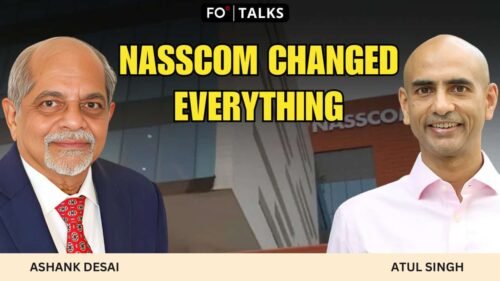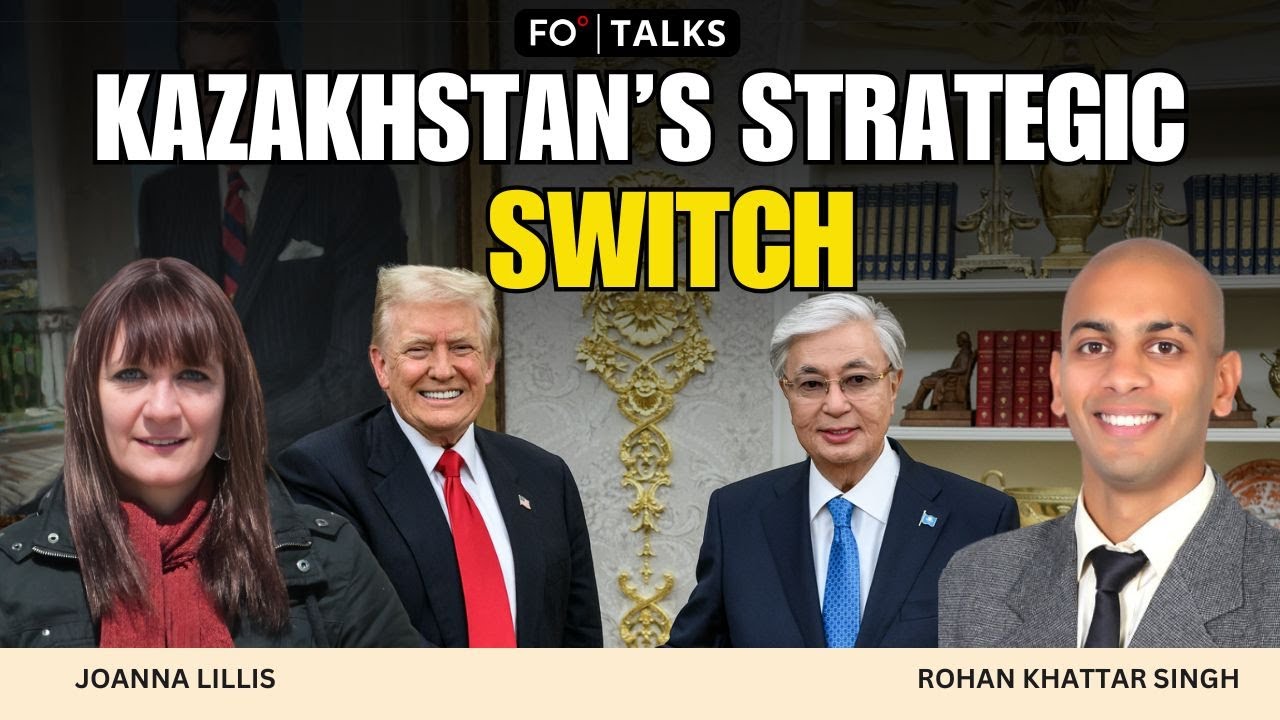Russell Stamets, a partner at FOI and a US lawyer with over 25 years of experience helping companies conduct business in India, presents three key mistakes companies make when entering the Indian market, with advice on how to avoid them. He observes that business interest in India is at an all-time high, with global shifts prompting companies to reduce dependence on China and view India as a priority market. Despite this potential, India poses unique challenges, and even the smartest companies can falter.
Stamets candidly stresses that India is “not an easy market.” Its infrastructure, legal system and politics demand preparation. In his decades advising clients, he has seen both major multinationals and nimble startups stumble. The most common errors, he explains, are deceptively simple but consistently mishandled.
Mistake one: mishandling cultural differences
Cultural understanding in India is essential. Stamets clarifies that etiquette like handshakes or business cards is not the issue; what matters is “how you present yourself to India and show you understand and appreciate its culture.”
He warns that superficial gestures backfire. Former Canadian Prime Minister Justin Trudeau and Amazon CEO Jeff Bezos, for instance, donned elaborate Indian dress only to be dismissed as performative. He advises that companies should instead “be authentic, be respectful and be adaptive.” Hiring local talent can help, but the practice is no silver bullet. He points to the Hyundai Motor Group and LG Electronics corporation as examples of foreign firms that succeed while staying true to their identity.
Mistake two: offering products that do not fit Indian needs
Too many companies fail to localize offerings. Stamets cites the Ford Motor Company, General Motors, the Walt Disney Company and Harley-Davidson, which all struggled by ignoring price points or consumer habits. He mentions the Kellogg’s cereal company as a failure-to-success example; it initially “flopped because most Indians prefer hot milk with cereal,” but it adjusted its formula and branding. Harley-Davidson, he adds, is now reentering through a joint venture with Hero MotoCorp, offering smaller, more affordable bikes.
The lesson: “Understand the Indian consumer as she exists in reality, price appropriately, offer features that suit actual habits and preferences.”
Mistake three: underestimating political and regulatory complexity
India’s layered federal system creates shifting rules from state to state, even city to city. Stamets advises companies to identify early which level of government matters most and to plan for both compliance and enforcement.
If there is any “good news,” he remarks, it is that burdens fall equally on foreign and Indian firms. The Information Technology company Infosys Limited, for example, grew in Bangalore partly to avoid politics in New Delhi. He also recalls Bira 91, an Indian beer brand that soared after 2015 but saw its initial public offering delayed two years by trademark and regulatory snags. So, regulatory risk in India is constant and requires resilience and vigilance.
A final warning
Stamets offers a bonus tip: “Don’t fall for the India story.” He acknowledges India’s vast potential but warns that rosy headlines often conceal real obstacles. His advice: Ground strategy in fact, test assumptions and plan carefully. India rewards those who respect its complexity and adapt quickly.
[Lee Thompson-Kolar edited this piece.]
The views expressed in this article/video are the author’s own and do not necessarily reflect Fair Observer’s editorial policy.












































Comment